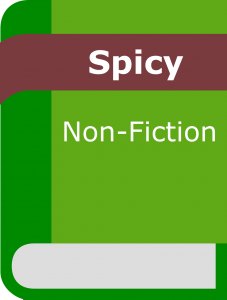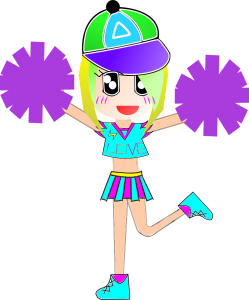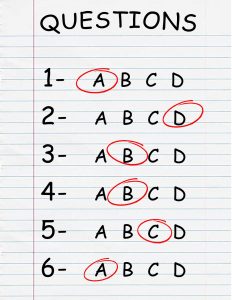Most writers have heard they must read, write, and rewrite often to become a better writer. True, but here are other tips to improve our writing.
-
Subscribe to a writers’ magazine.
I find the articles in Writer’s Digest supply fresh ideas and writing techniques. When I try them, I improve my writing.
-
Obtain at least one critique partner.
My partner combs my manuscript for what doesn’t work. Her comments make me rethink what I wrote. When I critique her manuscript and question something, I ask myself why what she wrote doesn’t work. Sometimes I dig into my writing references to look up the answer. From either side of the process, I learn much.
Join a writer’s group.
The encouragement and fellowship helps to keep us writing. During our discussions, we absorb what others have studied and shared. I’ve learned about writing trends, helpful resources, audiences, genres, and techniques. Some groups perform critiques during meetings.
-
Attend conferences.
For most conferences, potential workshop leaders must submit proposals and outlines of what they’ll present. Therefore, this screening usually produces workshops whose content is well thought out and worthwhile to writers. This has been my experience.
-
Be a mentor.
To me, mentoring someone is a big responsibility. I don’t want to lead my mentee astray, so I do my homework before I provide help, which hones my own skills.
-
Write blog posts on writing.
While helping other writers, researching and producing such posts helps me understand and remember the techniques and principles better. And in my archives, I have easy access to what I’ve selected as important to know.
-
Lead a workshop.
I started leading workshops in my writers’ group. Preparing writing examples for what I presented stretched me to come up with ones that truly showed the technique. Later, I applied to lead workshops for a conference. The prep work for the workshops helps embed in my memory what I present.
These tips will grow you as a writer. They’ll help you learn writing techniques, principles, and style. But the work involved also helps you own what you learn.
7 Tips to become a better writer that are in addition to “read, write, and rewrite.” Click to tweet.
Which of these tips, or other tips, have you tried and found the most helpful?












 RSS - Posts
RSS - Posts